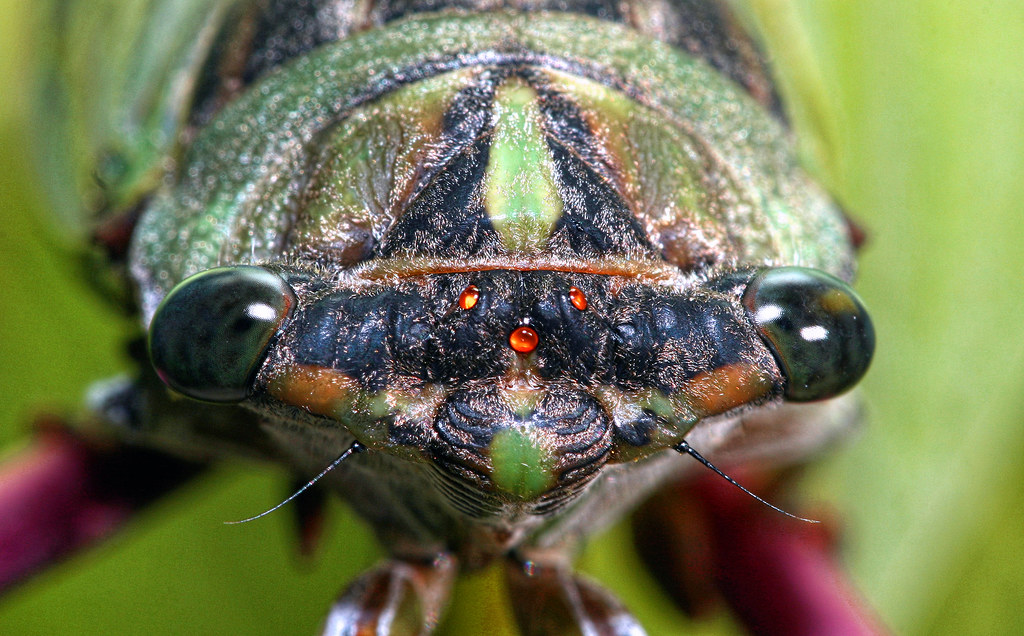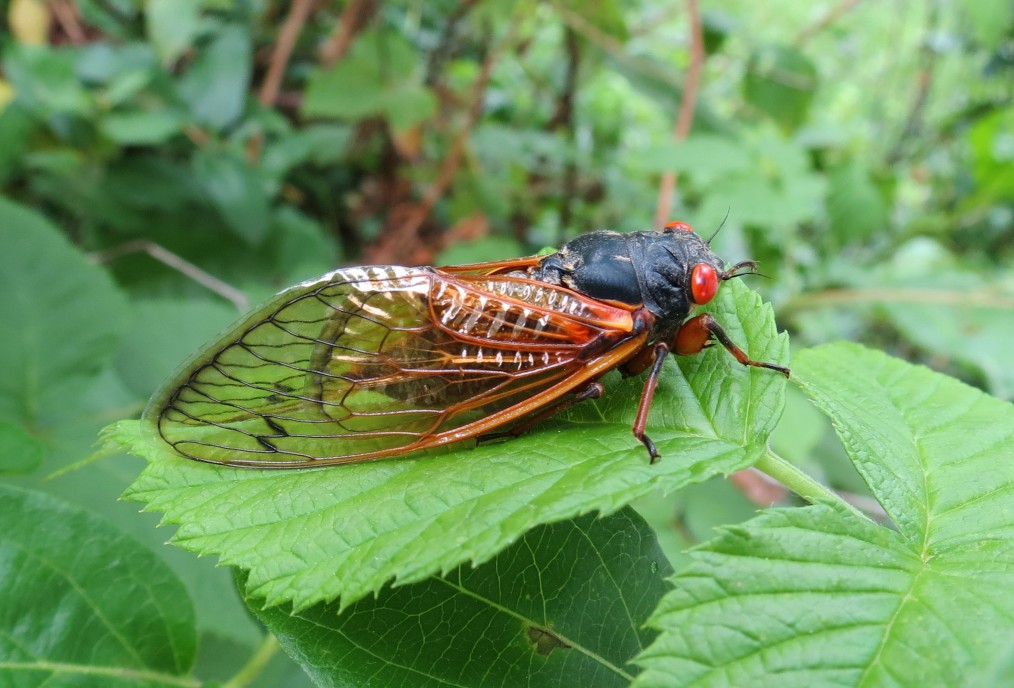The buzzing Brood X cicadas are now emerging en masse in the Northern Virginia area. For the first time in 17 years, they are coming out of their underground hideaways to live their approximately six-week lives, maturing, mating, and repopulating.
Cicadas don’t bite or harm humans in any way. In fact, their only purpose is to reproduce. But since the Brood X variety of these insects show up in the billions or even trillions, their arrival can be distressing for homeowners who worry about what it may mean for their home and yard.
Benefits of Brood X Cicadas
In fact, Brood X Cicadas do offer some benefits, but homeowners with new expensive trees may be looking for ways to keep these critters away. And if rising dirt mounds in your yard are a bother, or you can’t stand the thought of these googley-eyed insects potentially getting inside your house, read on to find out more about that to do to manage their impact on your property.
Annual cicadas usually do not inflict enough damage to be a concern to the overall health of the trees in a home landscape. But the large number of Brood X cicadas emerging at once may be troubling for potential damage to plants both above and below ground.
Here’s what happens: The female lays her eggs into slits she makes using her ovipositor into the tips of tender young branches. In each slit, she deposits 20 to 30 eggs, continuing this process on branches for two to four weeks — and leaving up to 600 eggs! While it does not kill the tree, this egg-laying process can result in the tips of the branches dying, which can be unsightly.
Some six to ten weeks later, the cicada larvae hatch and drop to the ground. They burrow into the soil, attach themselves to a tree root, and begin to feed on the sap of the plant’s roots. This feeding will last up to 17 years, when Brood X will emerge and start the whole process again.
Now, don’t worry! Your yard’s healthy trees will withstand any egg-laying damage by the females. Dead branches can be pruned away in winter or will fall away over time. But, if your yard has mostly very young trees or saplings, there is more risk of damage. For this reason, if you have trees that you don’t want to see damaged, loosely wrap them as a preventative measure. You can use cheese cloths, foil tape, barrier tape or sticky tape, wrapping around the tree trunk and where the twigs meet the branch to prevent the female cicadas from laying eggs.
Brood X Cicadas can’t cause much damage to your larger, mature trees, so the best advice is to avoid planting new or young trees until the fall or spring after emergence. If any damage to a newly-planted seedling does occur, it should sprout back from the root collar. As for other trees, just think of the effect as a tree pruning. So maybe we should be thanking the cicadas for stimulating tree growth!
Whatever you do, don’t spray insecticide. This isn’t effective, won’t keep the cicadas away, and will only poison things that feed off cicadas — including, possibly, your household pets.
If Brood X Cicadas are already nesting in your trees, there are a few steps you can take if you simply must get rid of them. You could spray them off your trees and plants with a water hose, remove them by hand, or place sticky traps on your trees so they can’t climb any higher. But there are advantages to letting Brood X cicadas nest in your yard’s mature trees.
Once Brood X Cicadas finish mating and die, they decompose into the ground, which can benefit your trees and surrounding plants the following year by enriching the soil. And the young larvae’s digging helps aerate the soil and helps plant roots, similar to the way the earthworm works. Even those shells that the cicadas leave behind after maturing have some benefit. Not only do they provide protein for animals that eat them, it’s fine to add these and dead cicadas to your compost pile or just leave them to fertilize the soil.
If you make it through this cycle and just cannot stand the thought of Brood X returning to your yard in other 17 or so years, there is a step you can take to try to prevent cicadas from coming back, but it’s a long shot. Keep your yard well-manicured with no dirt spots. This may prevent cicada larvae from burrowing, especially if you fill in bare spots with sod, seed, or hay to reduce the likelihood of the cicadas going back into the soil.




Leave a Reply